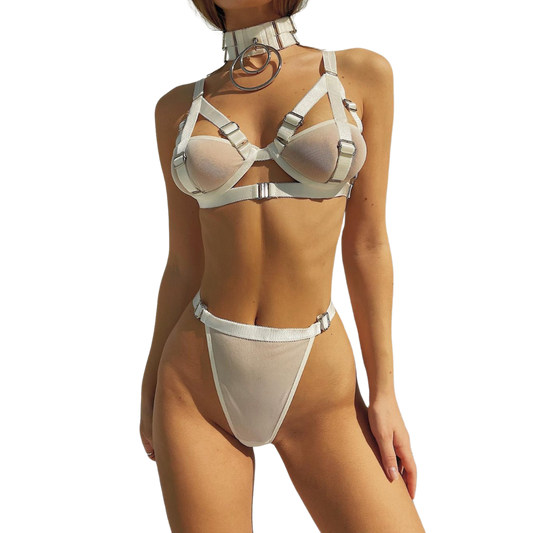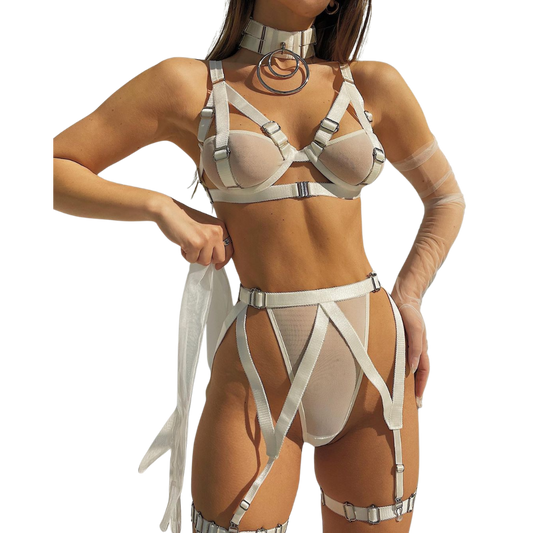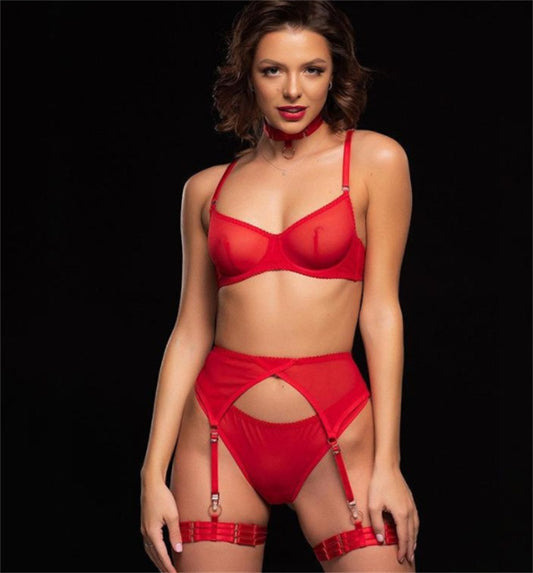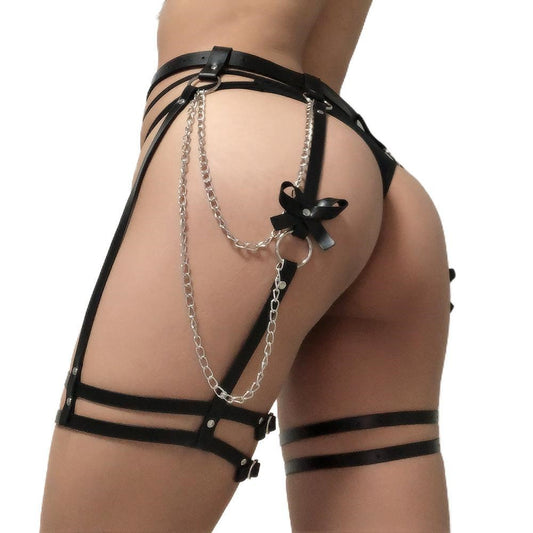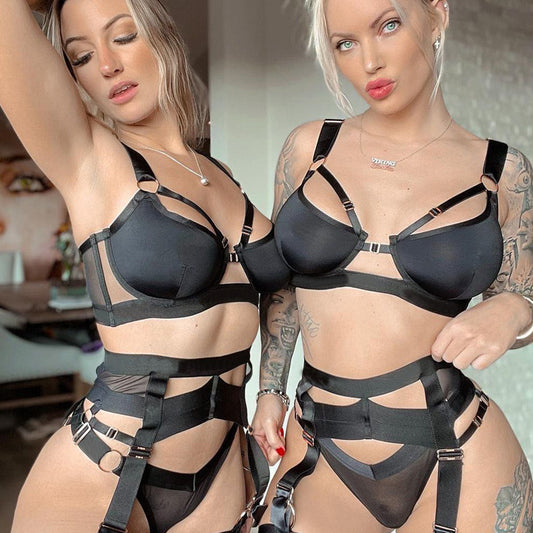The modeling industry is rapidly growing and changing to be more inclusive. Gone are days in which modeling was only for the select few who had the “model look”. Instead, the focus has switched to models appearing like everyday people to promote trust and inclusiveness as part of brand identities.
Plus-size modeling can be a casual activity or a competitive activity. The industry of modeling is still highly competitive, but it is still possible to break out into becoming a plus-size model.
Follow this guide to learn how you can become a plus-size model!
What is a Plus-Size Model?
Plus-size is commonly defined as those who fit in plus-size clothing. That is to say that your sizes cannot be found in standard sizes. However, there is some wiggle room here. Some people within the industry define plus-size for women as above a size 12. This is only a size Large in standard sizing, which means that you can be a plus-size model even if you can fit into standard sizing.
What Are the Other Qualifications?
Like standard sized modeling, there are other requirements to being a plus-size model than just fitting into plus-size clothing. Plus-size models also have height requirements that you should fit into just as with standard sized modeling.
For plus-size fashion modeling, your height should generally be over 5 feet 9 inches and your overall look should be well-defined and clean.
Plus-size fit modeling allows you to be shorter than this, however, with height requirements generally falling between 5 feet 6 inches and 5 feet 9 inches.

What is the First Step?

Creating a portfolio and applying to modeling agencies is the best way to try to get signed by modeling agencies as a plus-size model. Your portfolio should be filled with any past non-professional modeling that you have done that you think shows off your skills! When applying to modeling agencies online, they typically require that you submit a standardized set of images. Experts recommend that you wear plain clothes (typically white) and minimal makeup when taking these shots. You will want to do your research on each modeling agency and what they require in order to create a shot list to take your modeling sample shots.
What Else Should I Do?
If you’ve already started applying to modeling agencies and have been experiencing rejections, you should probably go back to basics a little bit. While plus-size modeling does not require a degree or certifications like other industries do, you may see improved results with coaching sessions that can help you bolster your modeling skills.
As well, you should probably look into submitting better photographs and building up your portfolio with additional projects to really put your best foot forward when applying to agencies.
So now that you know what the requirements of becoming a plus-size model are and how to start taking steps in the right direction, do you think that you have what it takes to be a plus-size model?











